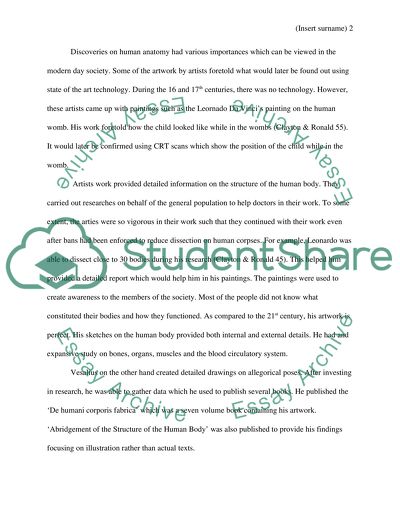Cite this document
(“Learning Anatomy in the 16th and 17th century Essay”, n.d.)
Learning Anatomy in the 16th and 17th century Essay. Retrieved from https://studentshare.org/visual-arts-film-studies/1495627-learning-anatomy-in-the
Learning Anatomy in the 16th and 17th century Essay. Retrieved from https://studentshare.org/visual-arts-film-studies/1495627-learning-anatomy-in-the
(Learning Anatomy in the 16th and 17th Century Essay)
Learning Anatomy in the 16th and 17th Century Essay. https://studentshare.org/visual-arts-film-studies/1495627-learning-anatomy-in-the.
Learning Anatomy in the 16th and 17th Century Essay. https://studentshare.org/visual-arts-film-studies/1495627-learning-anatomy-in-the.
“Learning Anatomy in the 16th and 17th Century Essay”, n.d. https://studentshare.org/visual-arts-film-studies/1495627-learning-anatomy-in-the.


